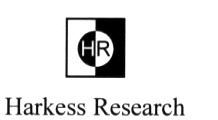
 Wisp
Unification Theory - Appendix A
Wisp
Unification Theory - Appendix A
- Home
- About Me
- Reasons why Einstein was wrong
- One-way speed of light experiments
- Hot topic
- Q&A
- ACES - The end of Relativity
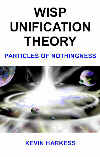
- Book Contents
- Introduction
- 1 Matter,Space and Time
- 2 Symmetry
- 3 Fractals
- 4 Wisp Space
- 5 Gravity
- 6 Electromagnetic Force
- 7 Wisp & S.R: Fundamentals
- 8 Wisp & S.R: Electrodynamics
- 9 Wisp & S.R: Doppler effect
- 10 Wisp & S.R: Relativistic Mechanics
- 11 Big bang
- Appendix A
- Appendix B
- Index A-Z
- Copyright
- Feedback
This test could be carried out on the International Space Station, and will prove Einstein is wrong. To the best of my knowledge it has never been done. In this test the affect of the Earth's gravity on the clock frequencies is insignificant and has not been included. To download the new 2011 2nd edition of wisp unification theory go to the homepage.
Appendix A
Wisp versus Special Relativity Test
A.1 Transverse Doppler effect experiment
Wisp theory predicts that a receiving device travelling through wisp space
at a greater speed than a frequency source will record an increase in
transverse Doppler frequency. Special relativity predicts the opposite
– a decrease in frequency.
By subtracting the two results from each other, a small difference should
be detectable when the receiver is moving directly above the source.
For maximum effect the source is placed at the North Pole (Figure A.1),
and a polar satellite carrying a receiver passes overhead.
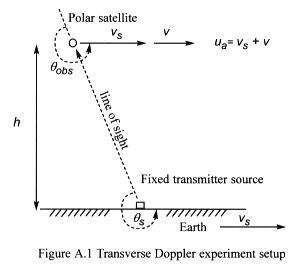
A.2 Initial data
We will assume that the speed of the Earth vs around the sun (30,000 m/s)
is its absolute speed through wisp space.
The relative speed v – measured in absolute terms – of
the satellite to the Earth’s surface is 7,700 m/s, and the total
speed of the satellite through wisp space is ua.
It has a maximum value when the direction of the satellite is the same
as the direction of the Earth’s orbit. Let the satellite’s altitude
h = 380,000 m.
The satellite’s position must be tracked to an accuracy of +/- 5
m, an error greater than this could cause the experiment to produce a
null result.
Both receiver and transmitter devices should be tuned to the frequency
of radiation emitted from a caesium-133 atom – (fo
= 9,192,631,770 Hz +/- 1 Hz). The receiver must have a measurement accuracy
of about +/- 1 Hz.
The presence of the Earth’s atmosphere and the jiggle dilation effect
will slow the speed of light down. However, we can ignore these effects,
as they are negligible.
A.3 Special relativity’s formula
We do not derive any of special relativity’s formulas in this book,
but we do use them for comparison purposes.
Equation set A.1 shows special relativity’s formula for calculating
the frequency received by the satellite.
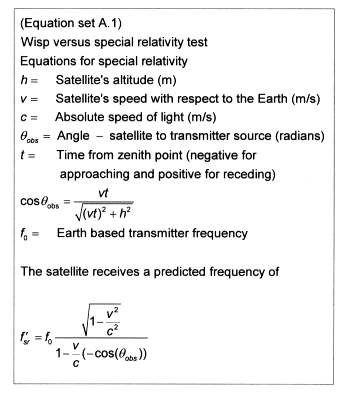
A computer is used to calculate the frequencies for time intervals ranging
from 100 seconds before to 100 seconds after (t = -100 to t
= + 100 seconds) the point of zenith, t = 0. The results are stored
in readiness for comparison with wisp theory’s predictions.
At the zenith point, special relativity predicts a frequency decrease
of 3 Hz from the source frequency fo.
A.4 Wisp theory’s formula
Equation set A.2 shows wisp theory’s formula (it is wisp’s general
Doppler equation, which we derived earlier – see Equation set 9.6).
The predicted frequency values are calculated and compared with special
relativity’s values.
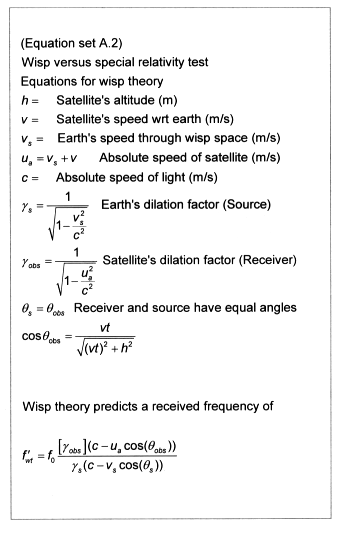
A.5 Comparison
The frequency difference is found simply by subtracting the two sets of
values from one another (Equation set A.3).
The graph in Figure A.2 shows a maximum difference in frequency of 29.7
Hz occurs at the zenith point.
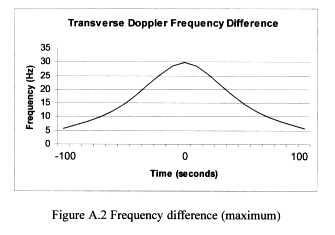
The difference between the actual position of the satellite and special
relativity’s predicted position will be reduced to near zero, if
an error in tracking the satellite places it 51 m behind its actual position
(Figure A.3).
For the difference value to be detected the satellite’s position
must be known to within +/- 5 m.
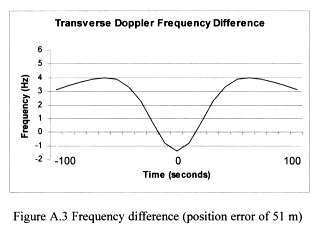
A.6 Analysing data
In order to achieve a maximum result the absolute speed of the satellite
through wisp space must be greater than that of the Earth’s.
When the satellite passes the South Pole, its absolute speed will be less
than Earth’s, and so it will produce a smaller negative difference
of -17.5 Hz.
If the Earth’s speed through wisp space is greater than that assumed,
then the difference result will be greater than that predicted and easier
to detect.
If at the time of measurement the speed of the Earth through wisp space
is near zero, then the difference will be 6 Hz, and a tracking error of
10 m could reduce the difference result to zero. An error of 5 m could
reduce it to 3 Hz, making detection impossible.
Home --
About Me -- Reasons
why Einstein was wrong -- One-way
speed of light experiments -- Hot
topic -- Q&A -- ACES
- The end of Relativity --
Book Contents -- Introduction
-- 1 Matter,
Space and Time -- 2
Symmetry -- 3
Fractals -- 4 Wisp Space
-- 5 Gravity -- 6
Electromagnetic Force --
7 Wisp & S.R: Fundamentals
-- 8 Wisp & S.R: Electrodynamics
-- 9 Wisp
& S.R: Doppler effect -- 10
Wisp & S.R: Relativistic Mechanics --
11 Big bang -- Appendix
A -- Appendix B --
Index A-Z -- Copyright
-- Feedback